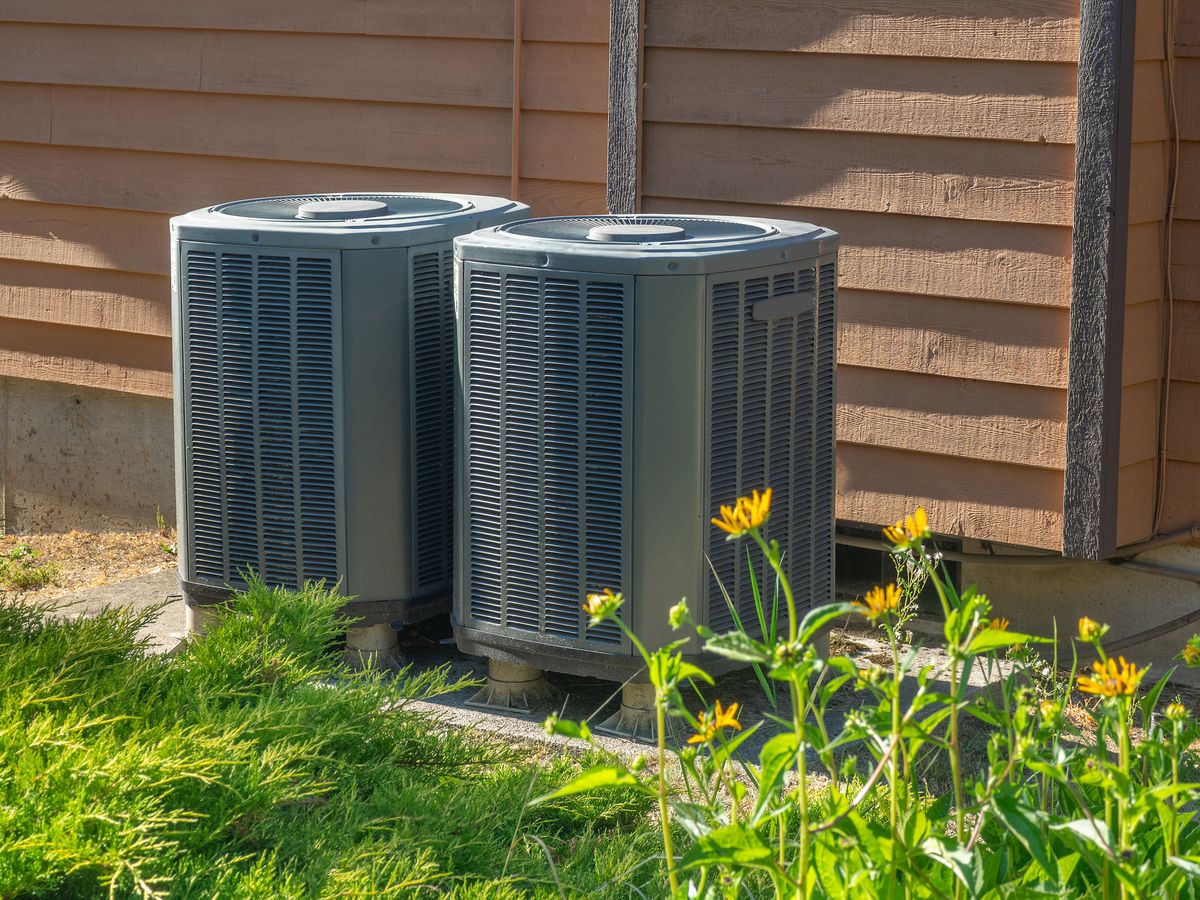As temperatures start to steadily drop with the arrival of colder seasons, it becomes critical to get your home heating system ready for the demands of frigid winter weather.
Performing thorough seasonal maintenance, upgrades, and testing on your HVAC system will help ensure it can provide reliable warmth and operate efficiently as temperatures plummet.
Neglecting to properly service your heating system before the cold hits can leave you shivering in your home or facing expensive emergency repairs.
Taking proactive steps now to get your HVAC up to speed for winter operations can prevent headaches down the road this season. Follow these important tips to get your heating system inspected, upgraded, and in peak operating condition before the first deep freezes arrive.
With some preventative care and diligence, your HVAC can deliver cozy, uninterrupted heat all season long.
Inspect Air FiltersClogged, dirty air filters make your system work harder to circulate air. Check furnace and heat pump filters monthly and replace them per manufacturer instructions, more often during high-use seasons. Proper filter maintenance improves airflow and performance.
Schedule a Tune-Up Arrange for a qualified, licensed HVAC technician to perform a full preventative maintenance tune-up on your entire system. They’ll thoroughly inspect the furnace, heat pump, thermostat connections, ductwork, and other components for proper and efficient operation.
Tune-ups allow technicians to spot small problems before they snowball into major repair-requiring issues. The technician will check refrigerant levels, adjust blower speeds, tighten connections, lubricate parts, clean coils and filters, test controls, and safety switches, inspect for leaks or carbon monoxide, and more.
Annual tune-ups keep all aspects of your HVAC system working their best to deliver warm air this winter.
Check Ductwork Make sure all ductwork and vents are properly sealed and insulated. Gaps can lead to cooled or heated air escaping, wasting energy. Also, vacuum-accessible ducts to remove dirt and debris that restricts airflow.
Clear Area Around AC Remove any leaves, plants, debris, or other obstructions from the outdoor AC condenser unit. Anything that blocks airflow and ventilation around the condenser reduces its efficiency.
Keep a clearance of at least 2-3 feet around the full condenser unit. Also, trim back bushes or branches that may blow around the condenser when the wind picks up this winter. Proper airflow is key to cooling and heating efficiency.
Check Fuel SupplyInspect propane tanks or natural gas lines for leaks, blockages, or other issues. Confirm you have an adequate fuel supply for winter heating needs. Running low mid-season could leave you in the cold.
Test Heating System Once temperatures drop, do a test run of your heating system to uncover any lingering issues. Verify heat pumps or furnaces ignite properly and distribute sufficient warm air throughout the home.
Consider a Programmable ThermostatUpgrade to a smart programmable thermostat to maximize efficiency. Program it so temperatures lower automatically when no one is home and increase right before you arrive back. This prevents overheating empty spaces.
Consider Warranty CoverageHVAC systems are complex, containing many parts that could require repair or replacement. Investing in warranty coverage for your HVAC provides protection against expensive HVAC breakdowns.
By adequately prepping your HVAC before frigid weather hits, you can feel confident your system will safely and efficiently keep you warm. Perform proactive maintenance, upgrades, and testing to keep your heating operating at its best through cold winter months ahead.




